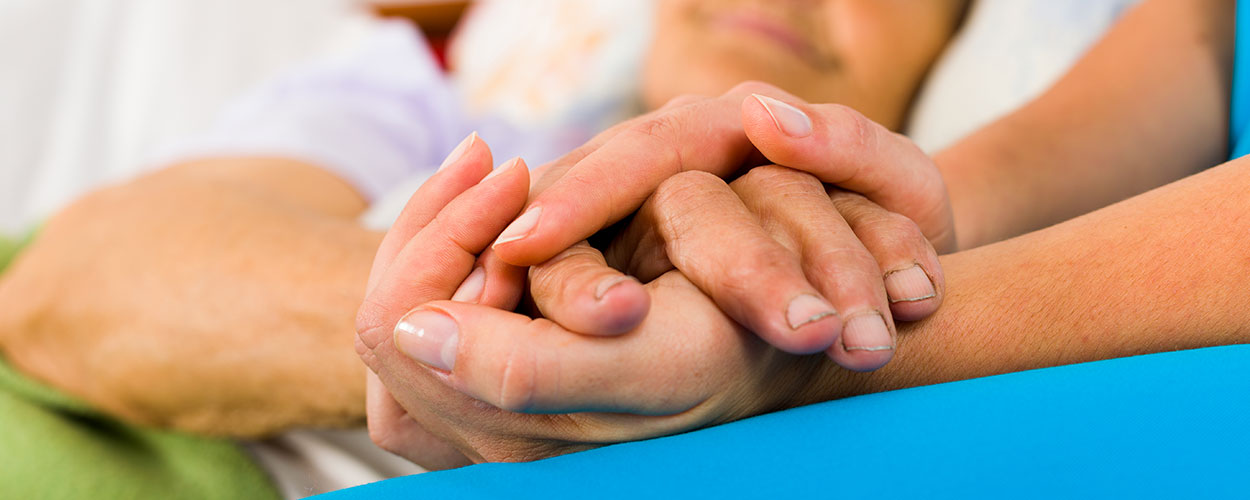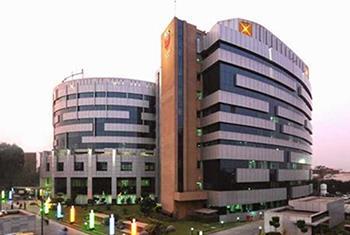Surgery
The doctor will try to preserve as much healthy tissue as possible while eliminating all cancer cells. A large local excision will be carried out, with a margin of healthy (“negative”) tissue left around the edges. With this method, the tumour is removed without any microscopic illness remaining.
It is also imperative that the impacted area be rebuilt. To save or preserve an arm or a leg, limb salvage may require joint reconstruction with metal prostheses, if necessary, in addition to tumour removal.
If necessary, it might entail using bone from another area of the body to replace the bone that was removed during surgery. Sometimes the safest course of action is to amputate the injured limb, but this is a very tough choice to make.
Radiation therapy
High-energy X-rays are used in radiation therapy to destroy cancer cells while causing the least amount of harm to healthy cells. Radiation therapy can be administered externally—by a machine outside of the body—or internally—by placing a device inside. Radiation therapy employs cutting-edge methods to target cancer while avoiding healthy tissue.
When sarcoma hasn’t spread, internal radiation, also known as brachytherapy, can be used to treat it. Two methods of administering brachytherapy are intraoperative radiotherapy (during surgery) and interstitial brachytherapy (via a series of catheters, or plastic tubes), which is administered following surgery. Radiation can also treat sarcoma that’s spread (metastatic disease).
Proton therapy is a type of external-beam radiation treatment in which protons are used instead of x-rays. Protons have the same cancer-destroying power as X-rays. It is most frequently used in areas of the body that are near important structures, such as the base of the brain or the vicinity of the spinal cord.
Chemotherapy is a treatment that involves using drugs to kill cancer cells or slow down their growth. These drugs can be given through an IV (a needle inserted into a blood vessel) or taken orally. Sometimes, chemotherapy is given before surgery to shrink the tumour, or after surgery to make sure all cancer cells are destroyed. In certain cases, chemotherapy may be combined with radiation therapy.
Targeted therapy
Targeted therapy is a treatment that focuses on the vulnerabilities of cancer cells without harming healthy cells. This therapy is effective for specific types of cancer cells that have the targeted weaknesses. The doctor might recommend targeted therapy as a standalone treatment or in combination with other therapies.
Immunotherapy (biologic therapy)
The immune system becomes stronger as a result of immunotherapy, making it more capable of recognizing and combating cancer cells. Certain traits that aid in immune system evasion or immune response deactivation are present in cancer cells. These characteristics enable cancer cells to proliferate and flourish within the body. These defences can be overcome by immunotherapy, enabling the body to combat cancerous cells.
Thermal ablation
Sarcomas can occasionally be frozen or heated to remove the mass. This procedure is carried out by an interventional radiologist using guided imaging (e.g., a CT scan is used to guide the placement of a probe to freeze tissue).
Palliative care
Specialized medical care for patients with life-threatening illnesses, such as cancer, is known as palliative care. Among those providing palliative care are physicians, nurses, social workers, and dietitians. They can assist in managing the side effects of treatment and in relieving symptoms. Quality of life is always the priority, and your palliative care team can support one as one navigates the cancer diagnosis.
Clinical trials
It’s also possible that the doctor will advise patients to enrole in a clinical trial. A clinical trial is a research project that evaluates novel cancer treatments for efficacy and safety. There are constantly new sarcoma treatments being developed. The options may include participating in a clinical trial, depending on the diagnosis.







